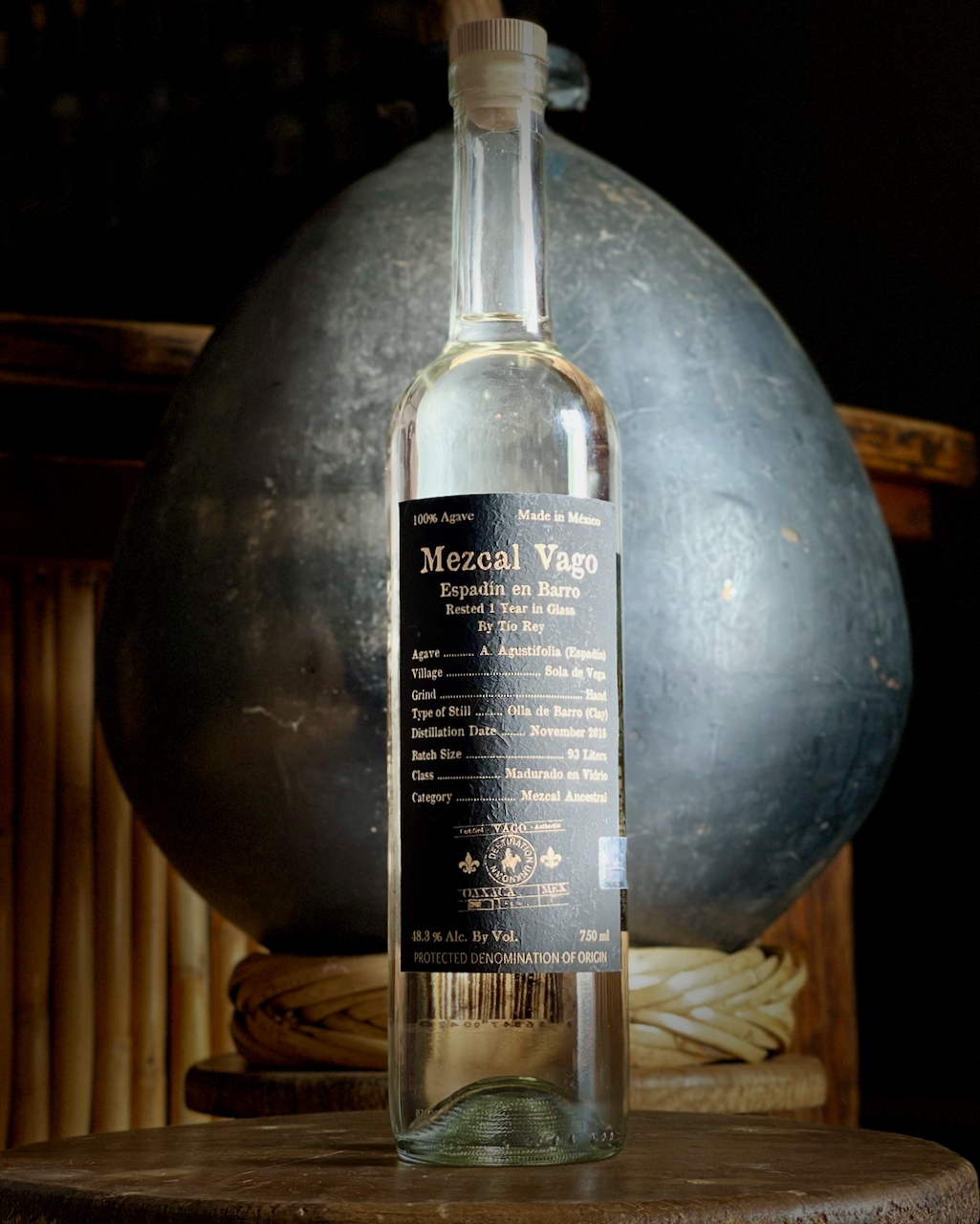There are natural yeasts floating in the air all around us at all times. Every micro-environment contains yeast varietals that thrive in that particular area.
Historically food, wine, and beer were all fermented naturally from these airborne yeasts. Different yeasts lend to creating different flavors. Many famous producers credit their native yeasts for their distinct products. This is evident from Lambic beers from Belgium, Syrah wines from Rhone, Sourdough bread from San Francisco, to traditional mezcals from Oaxaca.
In mezcal production, yeast is used to ferment the mosto (cooked agave and water) before distillation. Traditional mezcals are naturally fermented, meaning the mezcaleros allow the airborne yeasts that exist in that area to ferment the mosto, never adding additional yeast, accelerants, or chemicals.
The results from natural fermentation are many. Fermentation generally takes longer, and results in a more robust flavor in the mosto. Because tradional mezcal is made from wild yeasts, there is less conformity within the industry. Naturally fermented mezcals are not homogenized, like mass produced spirits, and have more flavor variety from region to region.
Mezcal Vago includes the location of fermentation on its front label. This helps educate the consumer and allows the connoisseur to attribute flavors to airborne yeasts within a region.





